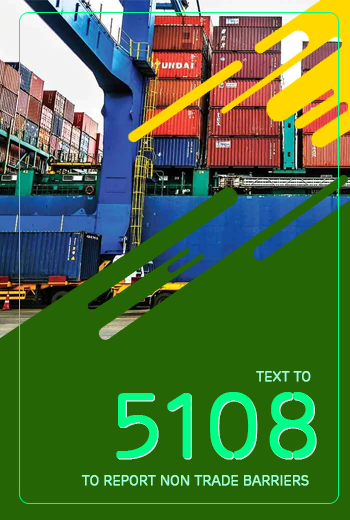How does the TFA cut red tape ?
Home > > How does the TFA cut red tape ?By easing the time and costs burdens, the TFA is expected to increase exports from existing traders while also enabling new firms to export for the first time. Furthermore, the TFA is forecast to add up to 2.7% a year to world export growth and more than 0.5% a year to world GDP growth over the 2015-30 horizon. Below you will find what TFA implies. document 15 {{Release and clearance of goods :}} Several TFA provisions will facilitate more rapid movement of goods across borders such as through the release of products even before the -final determination of customs duties, expediting shipments from certain air cargo, and prioritizing perishable goods. {{Availability of information on rules and procedures Information }}:The TFA states, that WTO members shall publish information online on import and export procedures while within available resources, establishing contact points to respond to enquiries. {{ Automation and e-services:}} Under the TFA, there are provisions requiring WTO members to accept e-payments and electronic versions of certain documents where appropriate and possible. {{ Disciplines for fees and penalties:}} Several TFA provisions address how fees and penalties are imposed on traders. For example, fees and charges for customs processing of imports and exports shall be limited to the approximate cost of the services rendered. {{Harmonized processes and standards:}} The TFA contains articles on Border Agency Cooperation and Customs Cooperation and it states that WTO members establish a single window or entry point to participating authorities or agencies. Consultations and appeals The TFA provides opportunities for traders and other interested parties to comment on proposed rules related to the movement of goods. It also states, that WTO members shall provide a right to appeal customs administrative decisions. Assistance for implementation The TFA recognizes particular needs of developing countries and especially LDCs. It provides for special and differential treatment for these members as they seek to implement the agreement. This is critical as trade costs can be equivalent to a 134% ad valorem tariff on a product in high-income countries and a 219% tariff equivalent in developing countries according to a 2015 study by WTO economists. Reductions in time and costs to trade can thus make the difference between a country seamlessly linking up to an integrated global production chain or being left on the margins of a big part of world trade. Moreover, amid a global slowdown in trade, easing trade processes can provide a critical boost to international trade and the global economy.
News on trade facilitation
Regional business community gets $3.2m funding for trade facilitation
2020-05-07 12:04:24

